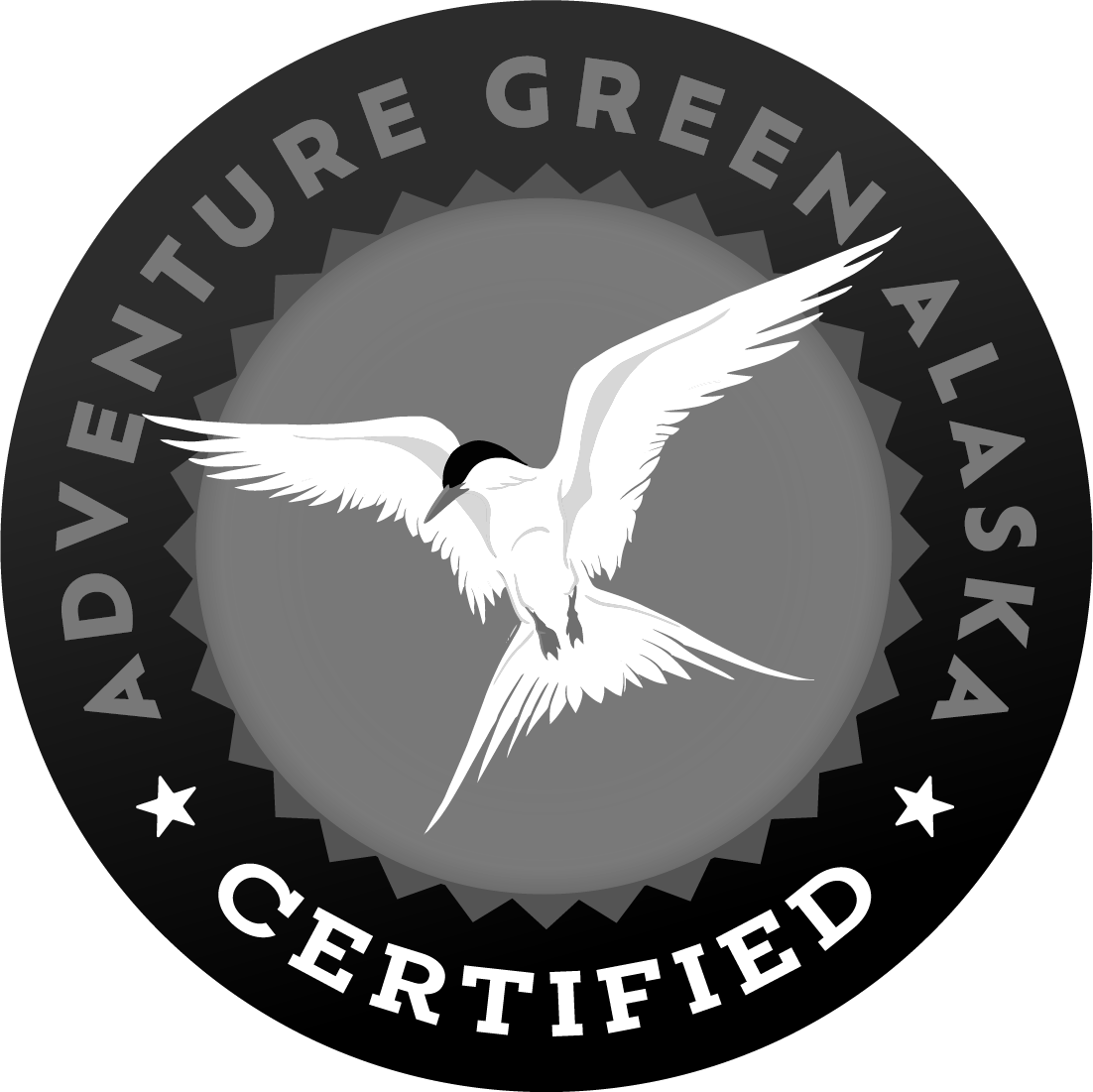
When one spends a winter in the northern latitudes, one thought takes precedent over all others: heat. How many layers should I put on today? Current hydration, calories ingested, and anticipated activity all factor into my thermoregulation strategy. As I set foot into the cold, wintery world I hope to have perfected my balance of wooly layers- just enough to stay warm, not enough to sweat.
November 1st and it is 20 below zero at sunrise. Ice crystals shimmer in the low angle light. The spruce boughs droop, laden with snow, while numerous tracks reveal the routes of those mammals who stay active in winter: the dash of a snowshoe hare, the frantic sprint of a vole for cover, the inquisitive path of a red fox. These animals are well equipped for the cold winter months, their little bodies highly evolved to produce and conserve heat. As I examine my closet of jackets and gloves, I can’t help but feel the inadequacy of my body in this climate. I have to steal another’s cold adaptation for my own: the down feathers of a goose or duck, stuffed into a form-fitting fabric I zip tightly around my torso.
Sure, I have a built-in combustion engine. But while my internal heater runs off of salmon, butter, homemade pickles and sourdough bread, my house is another matter. Is it better to heat by burning wood or oil? How warm does my home need to be for comfort, for survival? Comfort is relative. I set my oil-burning heater to 58 degrees Fahrenheit, but I don’t need it this warm. With an extra sweater and the occasional set of jumping jacks, I could live with it at 50 degrees.
These heated musings always follow the same train of thought and grind to a halt at the platform between energy use and energy production. The Alaska Department of Natural Resources recently granted Usibelli Coal Mine, Inc. a permit to explore the Healy Basin coal beds for natural gas. This opens up the potential for hydraulic fracturing (“fracking”) just 15 miles from Denali National Park, and my home. Fracking has erupted across the United States. Excessive amounts of water are used to create a highly toxic, pressurized fluid that is injected into coal beds, shales, and sandstones in order to extract the natural gas. With the enormous quantities of toxic wastewater produced, the high risk of groundwater contamination, and the reality of combustible methane already running through the taps of some northeastern homes, I can’t help but think we are trading water for oil.
From both an ecological and a resource-use perspective, funneling water away from ecosystems and converting it to a toxic substance is a dangerous concept. “Water is Life,” say the people from varying cultures in almost every country I have traveled in. I am 70% water. Water grows the plants that I and billions of organisms eat for calories, which are metabolized for energy. Oil can heat my house, fuel my car, pay a worker’s wages, but it falls drastically shy as a replacement for a substance that every living thing requires. Those employed by the oil industry (directly and indirectly) use their wages to buy food and water. Industrial oil is useless to our biological needs, but we believe we are oil dependent because we have forgotten how to complete certain tasks without it.
It is with pleasure that I would keep my oil-burning heater to a minimum this winter, if it meant the coal bed in my backyard was left unfracked. I want to live in a clean ecosystem much more than I want to live in a society that has stockpiled short-term, artificial “fixes” to an energy dilemma, and I will happily make sacrifices for this. However, my desire is useless if it stands alone.
I wonder, do we have the ability to conserve and distribute resources without damaging the long-term essentials? Conservation of natural resources requires a society of people who strive to understand their neighbor’s plight. I want to live in a community that willingly puts on an extra sweater to ensure their neighbors, even thousands of miles away, live in a healthy landscape.





